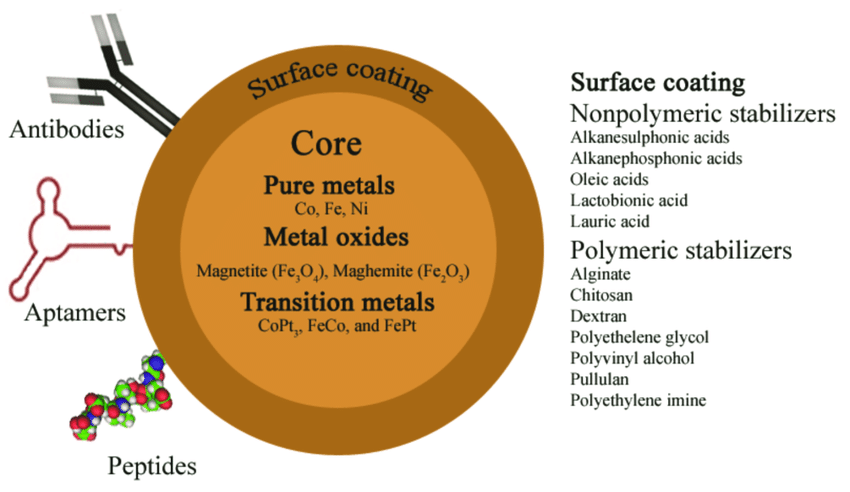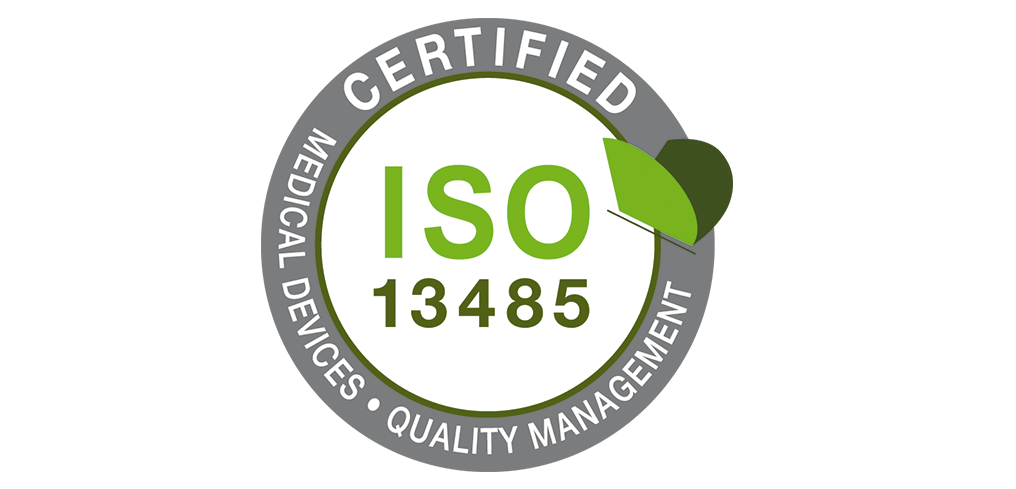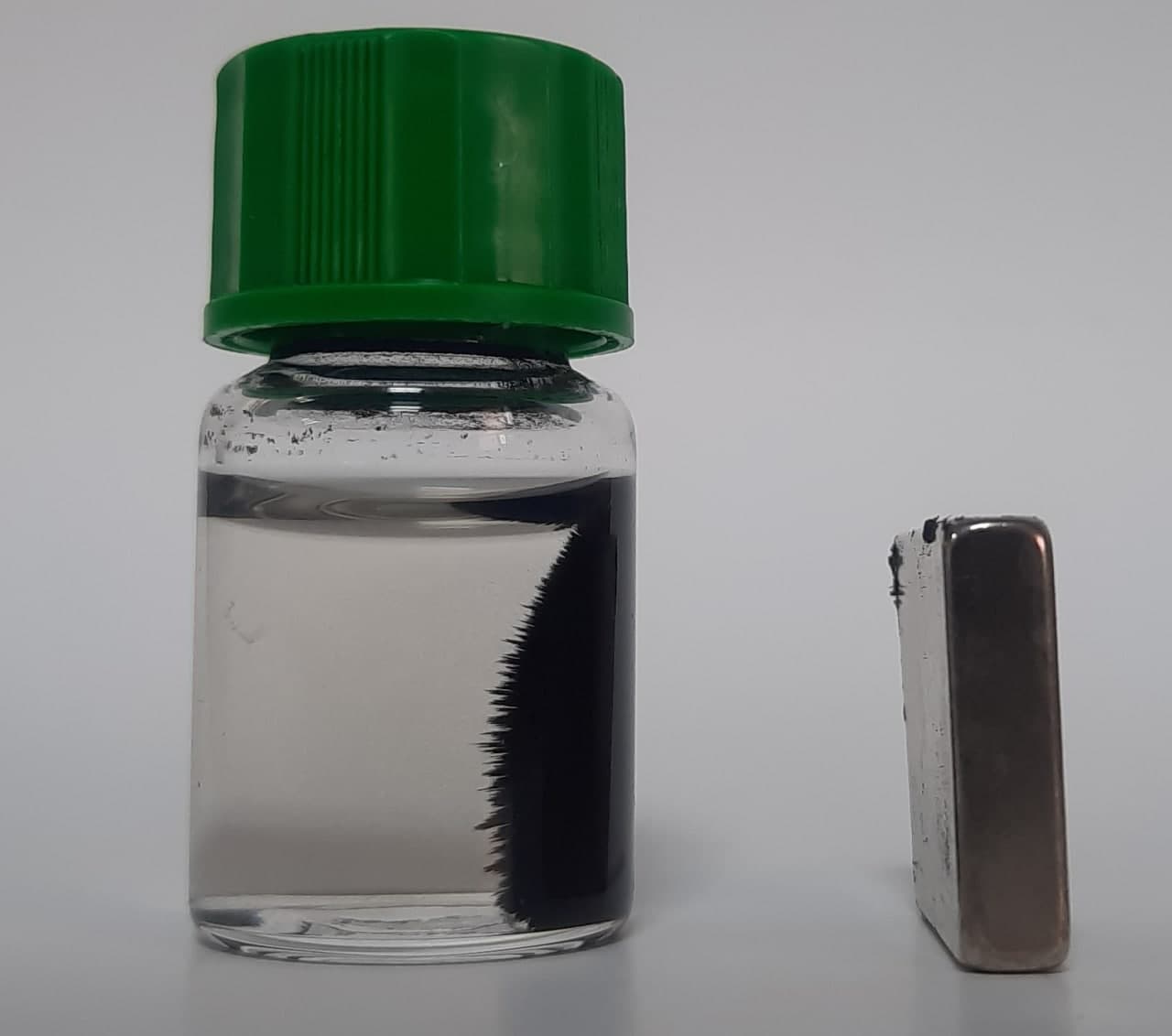Extraction of nucleic acids (RNA and DNA) is a key factor in identifying and studying biological activities and diagnosing diseases. There are several methods for extracting these compounds which vary depending on the costs, quality, and time needed for extraction. Here we will compare two extraction methods which both offer high product quality.
Column-based extraction method is one of the most suitable and convenient methods for extracting nucleic acids, but maybe now is a time to replace this method by using magnetic nano-beads as extractants.
Bead-based extraction has a higher rate of extracting, lower costs, and a higher quality. This method is more suitable for achieving more accuracy.
Here are some reasons to use this alternative:
Simpler nucleic acid isolation
The first step of sample preparation involves cell lysis or disruption with a mechanical force or/and detergent to release the genetic material (nucleic acid).
In the column-based methods, the lysate would be centrifuged or clarified, then added to a silica membrane to bind with nucleic acids. Then, they are wash with buffer via centrifugation or vacuum manifold, and the last step is to elute the desired nucleic acid in an appropriate volume of buffer.
In all these steps, there is a risk of damage and loss of the nucleic acids due to mechanical shears.
Magnetic bead-based methods are gentler and more versatile than columns, require fewer handling steps (and therefore fewer opportunities for shearing), and offer many surface chemistries for different applications. This method can be also automated and scaled up to produce more reproducible nucleic acid isolation in greater quantities than spin column-based methods.
Easier automation
While the column-based isolation methods can be partially automated on generic liquid handling machines, full automation requires systems integrating vacuum manifolds or onboard centrifuges. But in the bead-based isolation, most of the process is automated, therefore the rate and accuracy of the extraction increases. Several vendors now offer open platforms that can automate the magnetic bead-based reagents from various commercially available kits.
The training process
In research labs, many samples may be needed. In the column-based method, a separate preparation for each sample is needed and a simple difference in any step may cause a big difference in the end results. For avoiding these effects, the operators need to be fully trained and experienced and this requires more cost and energy. But with the magnetic bead-based method since most of the process is automated, these factors are prevented and there is less need for experienced operators, which means less costs.
Different surfaces for isolation
While spin columns are limited to silica, cellulose, or ion exchange resins, the magnetic beads provide a range of surface chemistries that extend their use beyond that of standard DNA/RNA extraction and purification techniques. For example, in exome sequencing, streptavidin-coated the magnetic beads enable the capture of specific genes or exon fragments hybridized to biotinylated complementary sequences. These magnetic beads are well suited for use with targeted sequencing panels for cancer and tumor profiling.
In addition to the standard array of surface chemistries, magnetic beads can be conjugated to enzymes, antibodies, and custom ligands.
Conclusion
For concluding all of the above, there are many benefits in replacing the column-based method with the bead-based method such as less costs, less process time, more samples processed, and automation. In the bead-based method, the samples are more pure and higher in quality. By using different coatings for the beads, the properties can be changed according to the needs.





